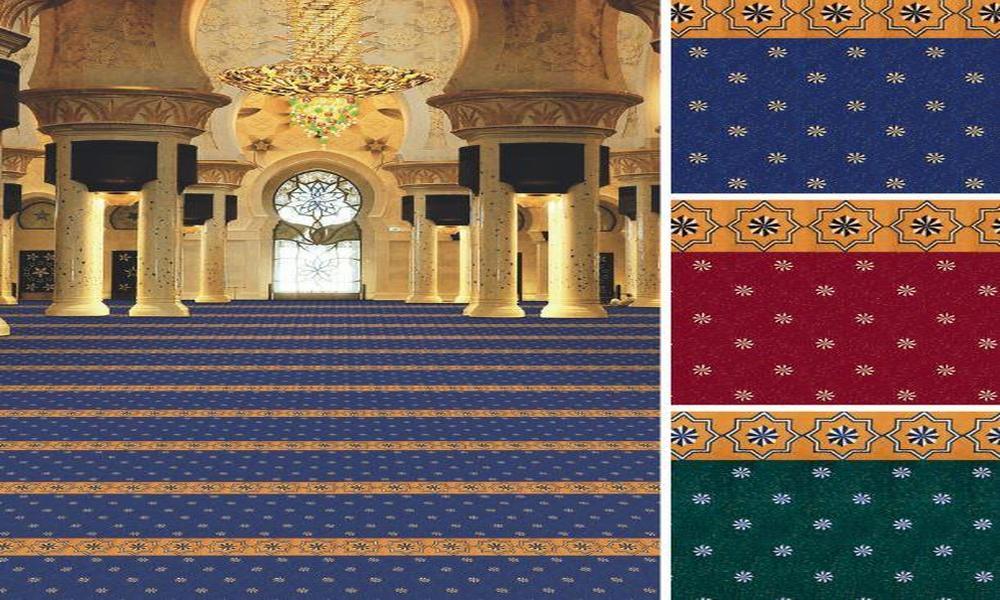Mosque carpets play a significant role in Islamic architecture. They have been used for centuries to enhance the beauty of mosques and to create a welcoming and comfortable atmosphere for worshippers. But what makes these carpets so special, and why are they considered the heart of Islamic architecture?
Firstly, mosque carpets are designed with great care and precision. They are often made of high-quality wool or silk, and their intricate designs and patterns are created by skilled artisans. The patterns themselves often have deep spiritual and symbolic meaning, with each element representing a different aspect of Islam or the natural world.
In addition to their aesthetic value, mosque carpets also serve a practical purpose. They provide a clean and comfortable surface for worshippers to pray on, and help to create a sense of unity and community within the mosque. Many mosques also use different colored carpets to distinguish different areas of the mosque, such as the main prayer hall or the women’s section.
The Art of Making Mosque Carpets: A Journey Through Time and Culture
The art of making mosque carpets is a centuries-old tradition that has been passed down from generation to generation. From the intricate designs of Persian carpets to the bold colors of Turkish carpets, each style of mosque carpet is a unique reflection of the culture and history of its origin.
In many cases, the creation of mosque carpets is a family affair. Skilled artisans often work together with their family members, passing down their knowledge and techniques from one generation to the next. The materials used to make these carpets can vary depending on the region and the availability of resources. For example, some carpets are made of wool, while others are made of silk or cotton.
One of the most fascinating aspects of mosque carpets is the intricate patterns and designs that adorn them. These patterns often have deep spiritual or cultural meaning, with each element representing a different aspect of Islam or the natural world. From the star and crescent motif to the intricate floral patterns, mosque carpets are a testament to the creativity and skill of the artisans who create them.
The Evolution of Mosque Carpets: From Tradition to Modernity
As with any art form, mosque carpets have evolved. While traditional designs and materials are still popular today, many contemporary artists and designers are exploring new techniques and materials to create modern mosque carpets that are both beautiful and functional.
One of the most notable trends in modern mosque carpet design is the use of technology. Many designers are now using computer-aided design (CAD) software to create intricate patterns and designs that were once only possible by hand. This allows for greater precision and efficiency in the design process, while still maintaining the traditional aesthetic of the carpet.
Another trend in modern mosque carpet design is the use of sustainable materials. Many designers are now using natural and organic materials, such as wool and silk, to create carpets that are not only beautiful but also eco-friendly.

